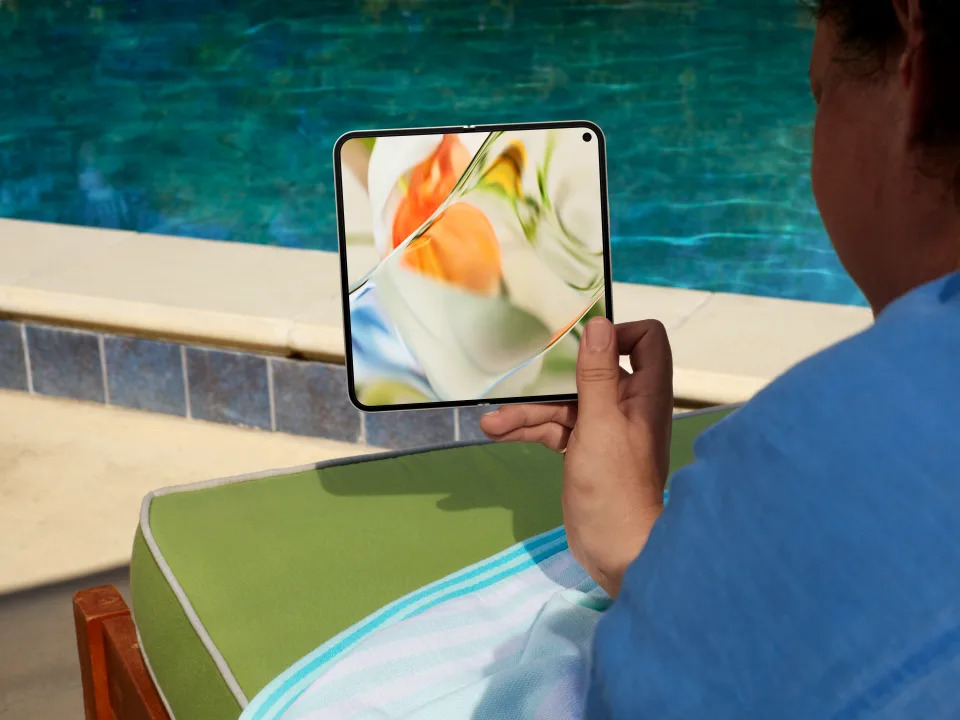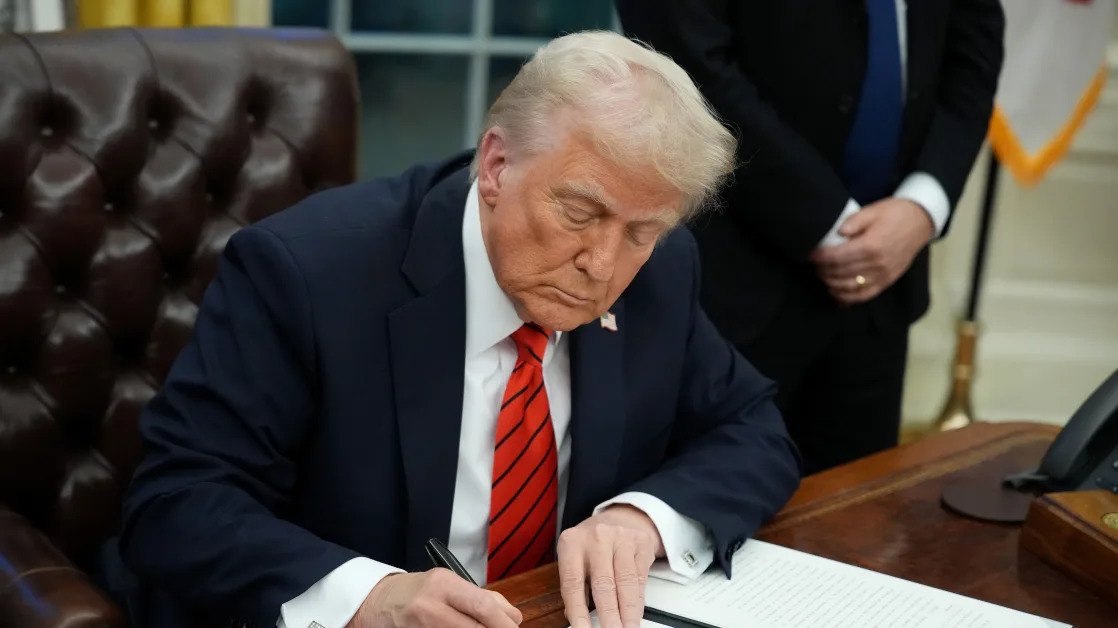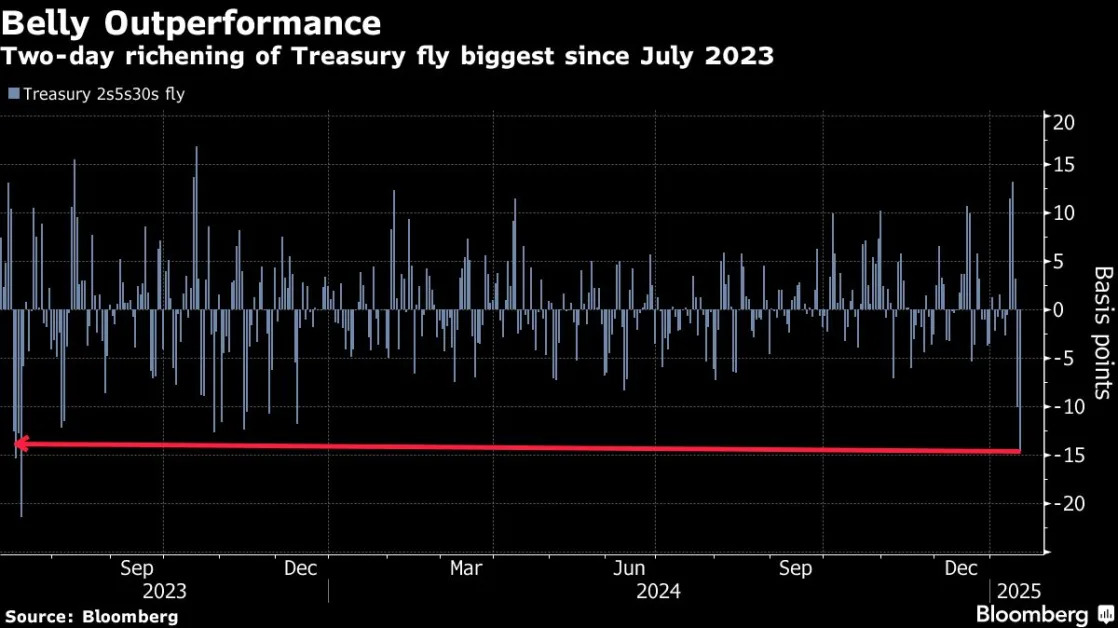Google’s ( GOOG , GOOGL ) Pixel 9 Pro Fold is here, and the company has a lot to be proud of when it comes to its second-generation foldable smartphone. Well, except for its clumsy name.
From its book-like shape and battery life to its cameras, the Pixel Fold is a top-tier smartphone for anyone interested in diving into the world of foldables. But it’s not perfect.
Starting at $1,899, the Pixel Fold is an expensive proposition right up there with Samsung’s similarly designed Galaxy Z Fold 6 . That's a heck of a lot more than Apple’s ( AAPL ) iPhone 15 Pro Max, which starts at $1,199, and Samsung’s top-of-the-line non-folding Galaxy S24 Ultra, which costs $1,299.
Price is a big reason foldables are still niche products compared to standard smartphones. But they have a lot to offer if you're willing to pony up for them, especially the Pixel Fold. In fact, this is easily one of my favorite foldables and the best book-like foldable I’ve used.
Samsung’s clamshell-like Galaxy Z Flip 6 is still one of the most stylish foldables thanks to the fact that it folds like an old-school flip phone. There’s just something about snapping a phone shut when you hang up on someone that makes you feel like a high-powered '90s executive. But I digress.
I’ve been propping up the Pixel Fold on my treadmill’s magazine holder so that I can watch the Mets on its big center display while exercising. And on Thursday, I was able to track my fantasy football teams by running the Yahoo Fantasy Sports and ESPN Fantasy Sports apps side by side on the Fold’s inner screen.

While that middle display is certainly useful, it’s not something I’d use every day. In fact, the single biggest reason I prefer the Pixel Fold over Samsung’s rival Z Fold 6 comes down to their cover screens.
The Pixel Fold has a 6.3-inch front display that’s similar to a standard smartphone, while the Z Fold 6 has a 6.3-inch cover screen that’s just a hair too thin, which makes typing on the keyboard with my chunkier digits feel cramped. My wife, whose fingers are more slender than mine, however, doesn’t have any trouble typing on the Samsung display.
The Pixel Fold’s inner display is also a bit larger than the Samsug’s foldable screen — 8 inches compared to 7.6 inches — providing a larger canvas to stream shows and multitask. That’s not to say you can’t do the same on the Z Fold 6, but even a smidge more screen real estate makes it easier to read text while using two apps.
On the camera front, the Pixel Fold gets wide-angle and ultra-wide-angle lenses and a 5x telephoto lens. Samsung’s Z Fold 6 offers a similar camera setup, though it packs a 3x optical zoom. Photos taken with both phones are fantastic thanks to their advanced sensors and capabilities.
As for the Pixel Fold’s performance and power, apps ran without any hiccups, and the battery lasted well throughout the day and then some.
But the Pixel Fold isn’t flawless. Its speakers aren’t very loud, so if you like using your phone to listen to music out loud, you’ll be left wanting. I use a white noise app to go to sleep at night, and I could hardly hear the sound of the faux box fan thanks to the Pixel Fold’s lackadaisical speakers. In the end, I had to use a secondary phone to play the app’s audio.
Google has also positioned the Pixel Fold’s inner selfie camera on the far right top corner of the phone, which makes keeping yourself centered while video chatting via the inner display needlessly difficult. Sure, you can use the front selfie camera (yes, there are two separate selfie cameras) to video chat with friends, but why have that giant foldable screen if you’re not going to use it?

Google, like Samsung, has also poured a slew of generative AI features into the Pixel Fold. The AI-powered Pixel Screenshots app is helpful in that it allows you to take screenshots and quickly pull useful information from them by searching for the info you need. For instance, if you see an ad for an upcoming concert, you can screenshot it, and then when you want to remember what day the show is, you can search for the name of the band in the Screenshots app and it’ll give you the info you’re looking for.
Google also loads its Gemini assistant onto the Pixel Fold, which provides advanced search and conversation capabilities. But as with other smartphones, I haven’t found much use for the majority of the Pixel Fold’s AI features in my day-to-day life.
There’s also a Pixel Studio app for making AI-generated art and a generative AI-enhanced weather app that doesn’t add much to the overall experience. In fact, the so-called “AI Weather Report” feels like it takes longer to read than simply looking up the temperature and current conditions.
For now, at least, it feels like Google is throwing everything AI-related at the wall to see what sticks. There are certainly some smart ideas here, especially with the Pixel Screenshots app, but I’m not sold on things like the Pixel Fold’s Reimagine feature, which is available through its Magic Editor camera app. The software lets you completely change your photo using generative AI.
The idea is that you can make it appear as though you and your friends were standing in a field of flowers when you took a photo rather than in a Target parking lot. I’m sure it’s fun to play with the feature for the first few days after you get your phone, but I don’t see it as something I’d use every day or week.
But that’s not why you’d buy a phone like the Pixel Fold. You’re likely considering this phone for its unique design and foldable capabilities. And if that’s the case, and you don’t mind spending an extra chunk of change to get those features, you can’t go wrong with Google’s Pixel 9 Pro Fold.
@DanielHowley .





